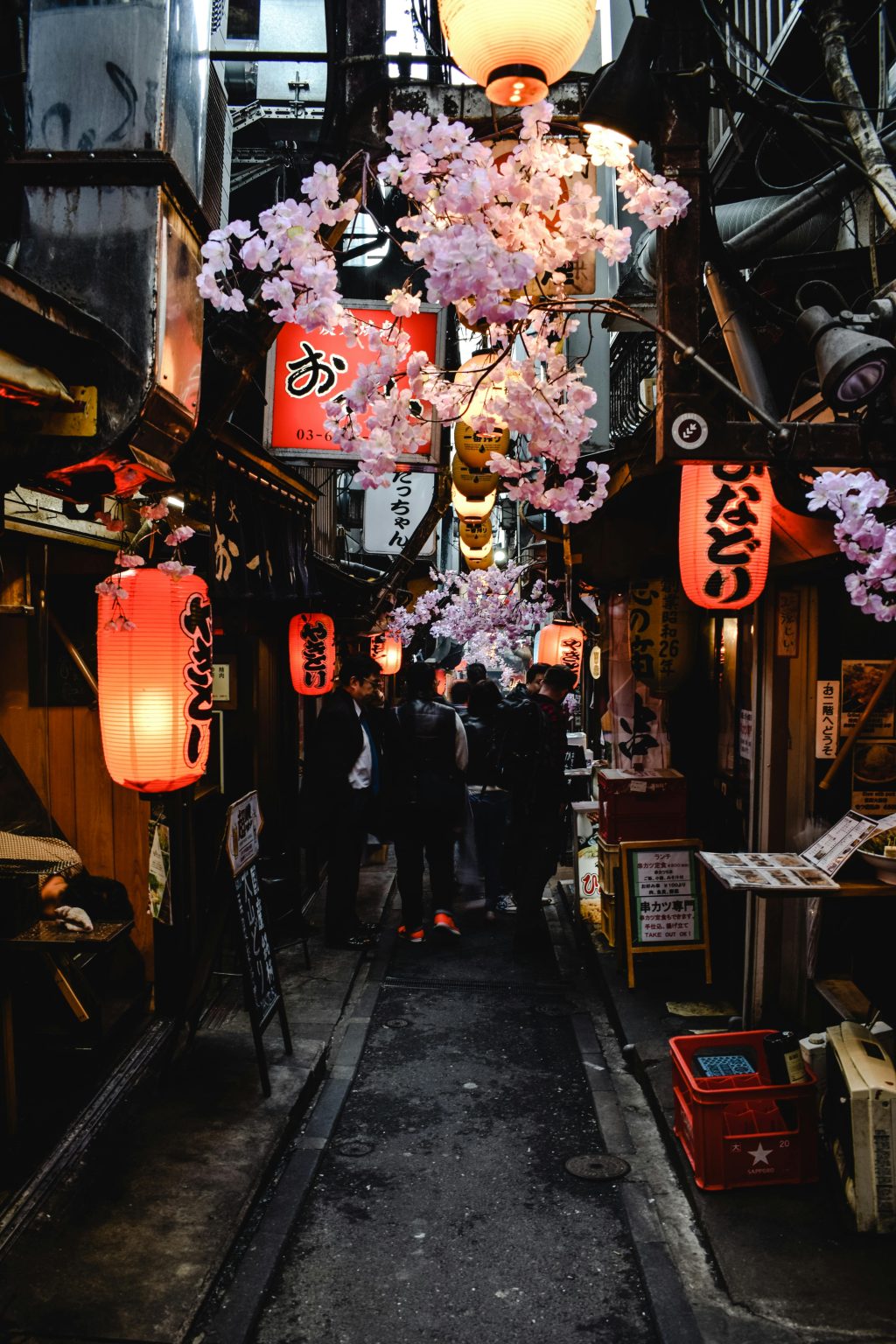Food is a universal language, but navigating your way through street stalls in Bangkok or izakayas in Tokyo still requires more than a hungry stomach. In today’s digital age, traveling for food means staying connected—whether to find your next bite, share your discoveries, or handle the practicalities of life on the road. But with spotty Wi-Fi, internet restrictions, and tech burnout, being plugged in while abroad isn’t always easy.
According to Statista, over 82% of travelers worldwide rely on their smartphones for trip planning and navigation, with food recommendations topping the list of most-used features. That number spikes among younger travelers, especially those seeking authentic, off-the-map dining experiences. But staying online isn’t just about convenience—it’s essential for safety, translation, payments, and storytelling.
Here’s how to stay connected while keeping your food adventures smooth, secure, and full of flavor.
Secure Your Connection Before You Touch Down
The first rule of international travel? Never assume the internet will work the way it does at home. In some countries, major services like Google, WhatsApp, or Instagram may be blocked or censored. China, for instance, restricts access to many Western platforms, which can leave even seasoned travelers scrambling.
That’s where a VPN for China becomes non-negotiable. A virtual private network (VPN) allows you to bypass local internet restrictions and encrypt your connection, protecting your data on public Wi-Fi and letting you access your usual apps no matter where you are.
Other tools to set up before your trip:
- eSIM or local SIM card for data access without international roaming fees
- Offline maps apps like Maps.me or Google Maps with downloaded cities
- Messaging apps that work across devices (Telegram, Signal, or WeChat depending on your region)
- Multi-currency wallet apps for safe and contactless payments
- Cloud backup for photos, receipts, and travel documents
Having these essentials in place helps you stay focused on exploring—not troubleshooting tech issues mid-trip.
Navigating Language Barriers on the Fly
Finding that perfect dumpling stall is one thing. Ordering confidently without speaking the language is another. Luckily, mobile apps and translation tools are now powerful enough to help you bridge gaps without a phrasebook in hand.
Must-have tools for food travelers:
- Google Translate with camera function to read menus and signs
- TripLingo for cultural context and slang
- SayHi or iTranslate for quick voice translations
- Pinterest boards or saved Instagram posts to point at if language fails
- Photos of ingredients or allergy information in the local language for safety
The more confidently you can interact with local vendors, the richer your food travel experience becomes.
Sharing the Journey Without Getting Lost in the Feed
Food travelers love to document. Whether it’s through Reels, blog posts, or a running Notes app of favorite finds, capturing the culinary adventure is part of the fun. But staying present while sharing can be a balancing act—especially when Wi-Fi is spotty or platforms are restricted.
Tips for staying engaged but grounded:
- Post later—capture in the moment, share at the hotel
- Use airplane mode during meals to be fully present
- Batch content (photos, thoughts, quotes) and schedule when you’re back online
- Save everything to the cloud in case of lost or damaged devices
- Use hashtags and geotags sparingly to avoid tourist traps and overexposure
Connection doesn’t have to mean constant posting. Sometimes, it just means having the right tools to stay organized and authentic.
Staying Safe and Sane While Plugged In
While digital tools are indispensable, over-relying on your phone can take away from the magic of food travel. Between Google searches, translation apps, and GPS tracking, screen fatigue is real—and it can dull the very senses you’re trying to awaken.
Healthy tech habits while traveling:
- Set app limits or schedule “offline hours” each day
- Use a physical notebook to jot down food memories or locations
- Take intentional “no-photo meals” to enjoy the moment
- Travel with a power bank so you’re not constantly searching for outlets
- Keep emergency contacts and key phrases stored offline
You’re there to eat, explore, and connect—with food, people, and culture. The tech is just a tool to help you do it better.
Final Thoughts
The beauty of food travel is in its spontaneity—those surprise flavors, friendly locals, and the joy of a meal you’ll never forget. But in a world that runs on digital, staying connected is what allows you to find those hidden gems, navigate new cities, and stay safe far from home.
With a bit of prep—like setting up a VPN or downloading the right offline apps—you can focus on what really matters: the taste of discovery, one bite at a time.

